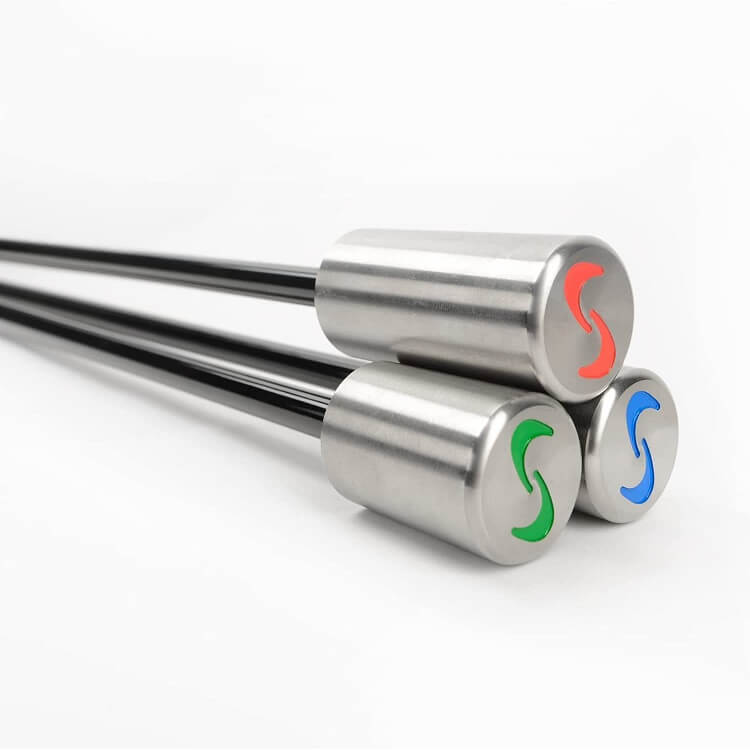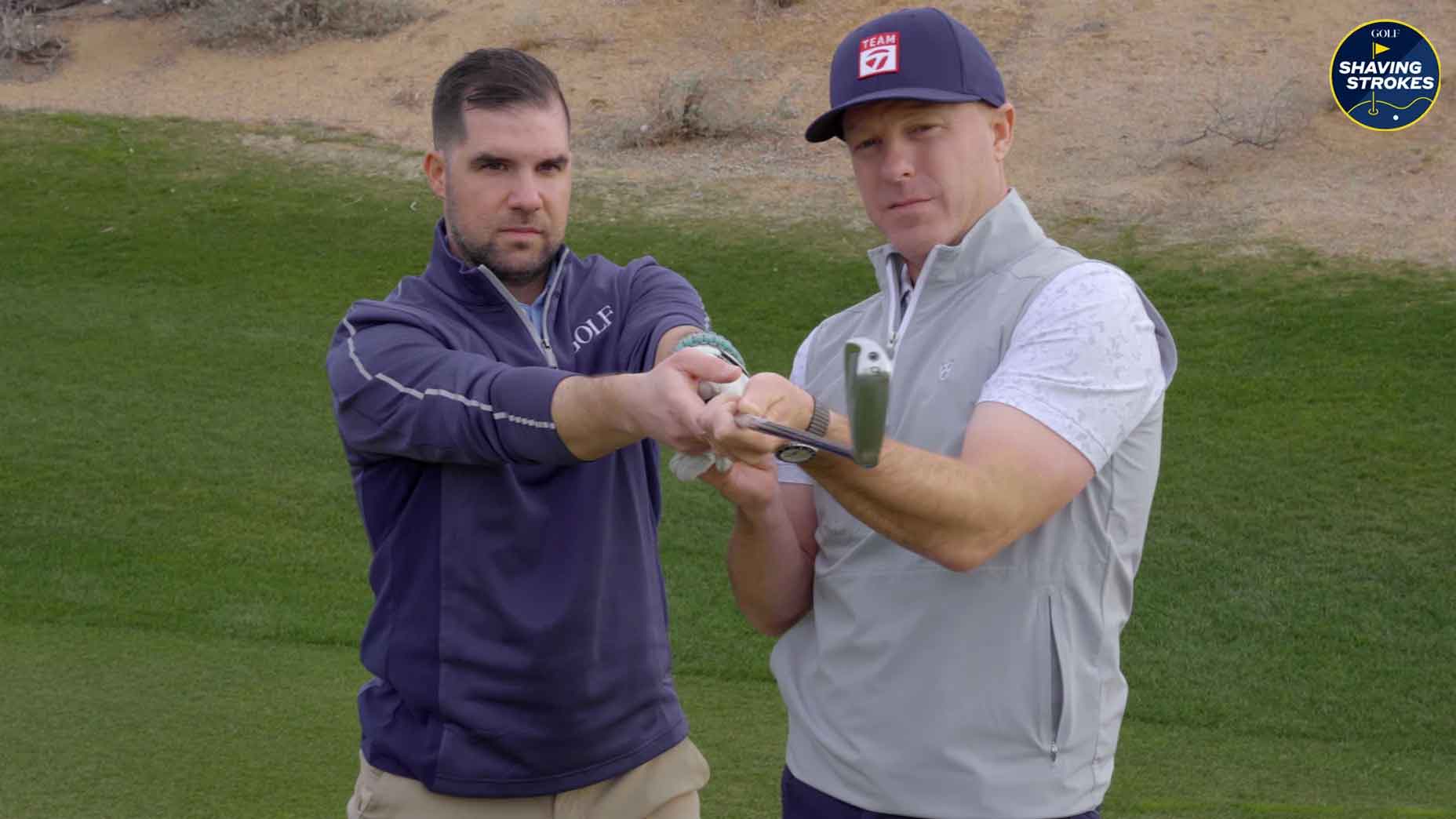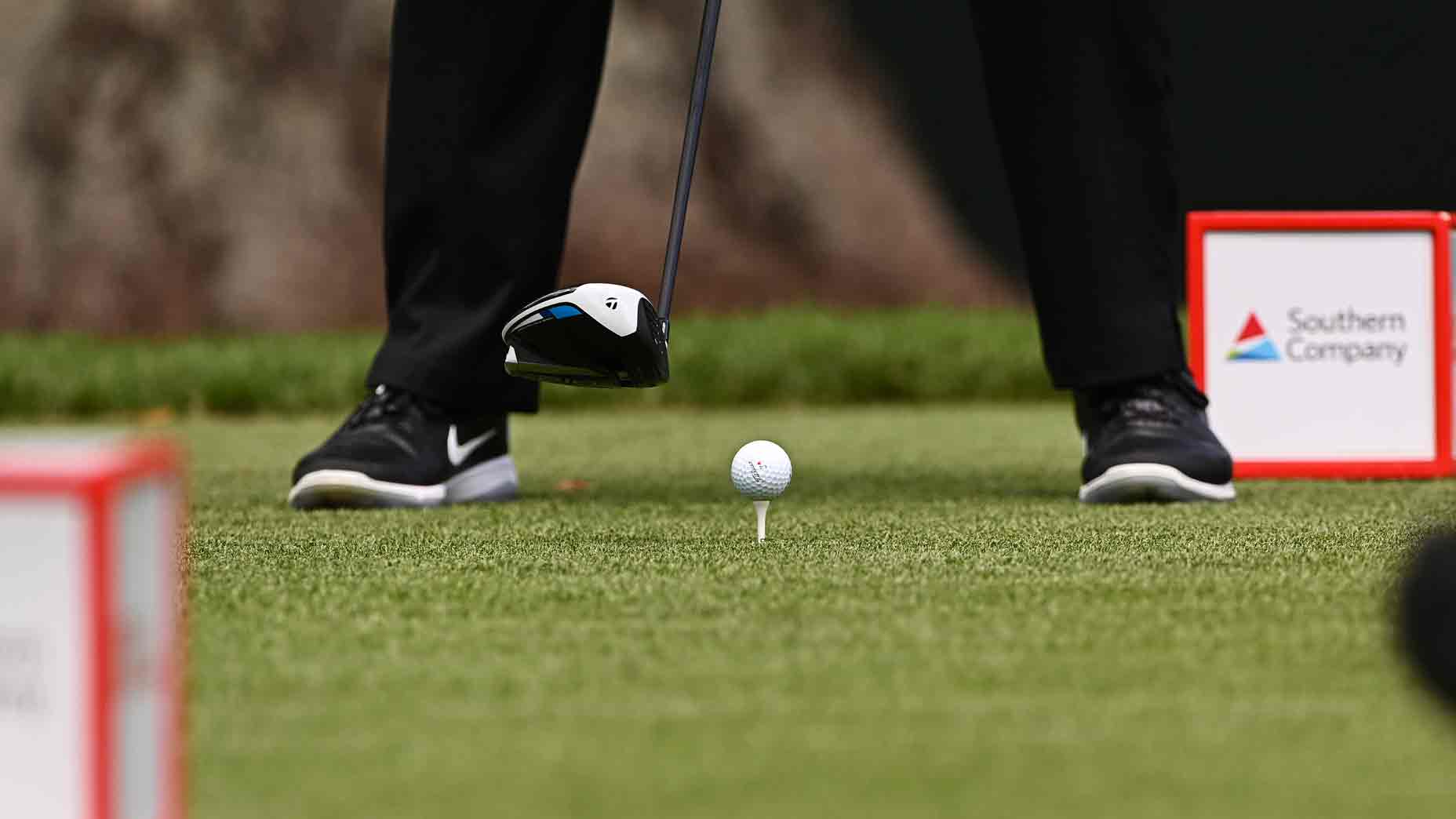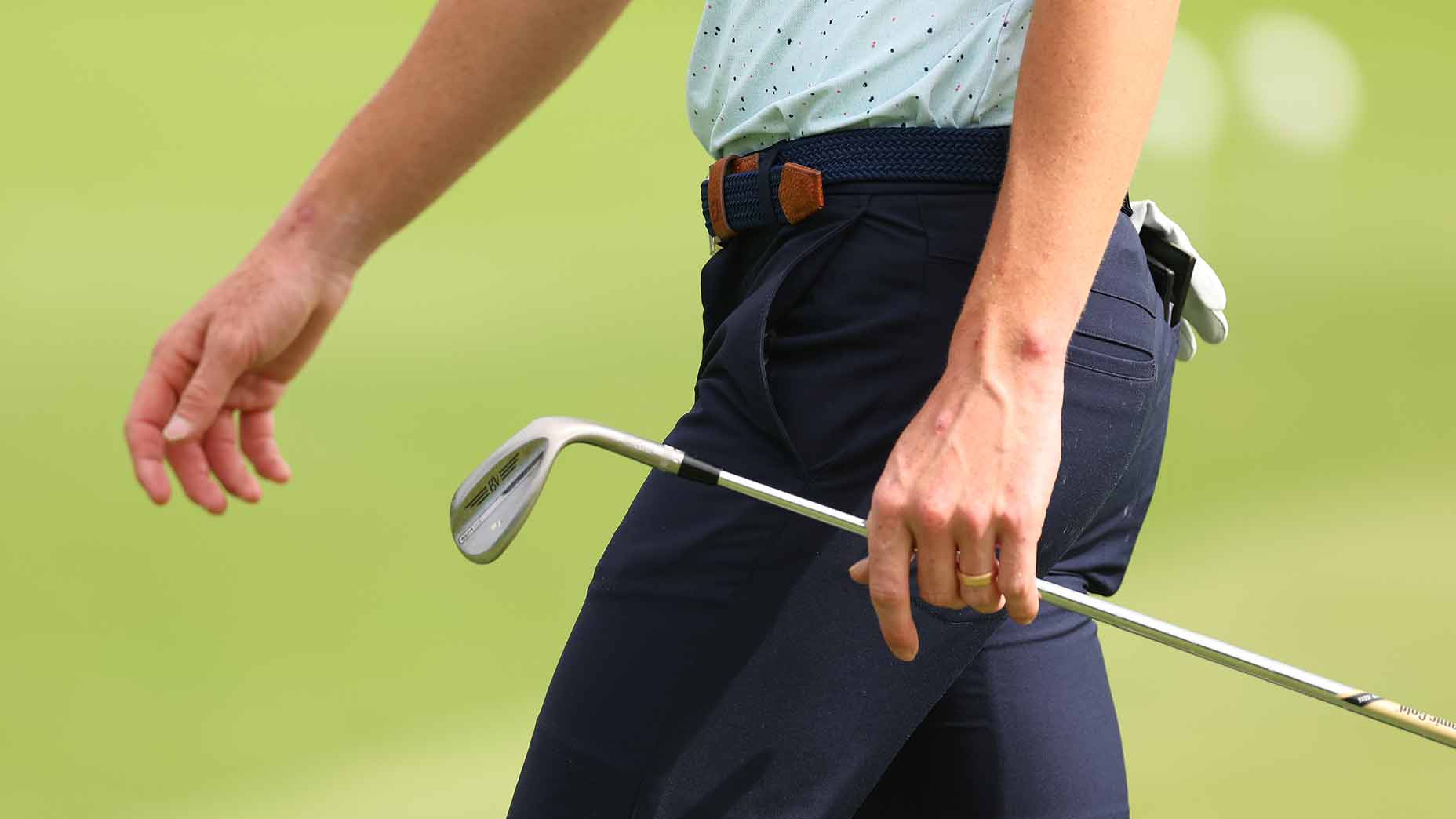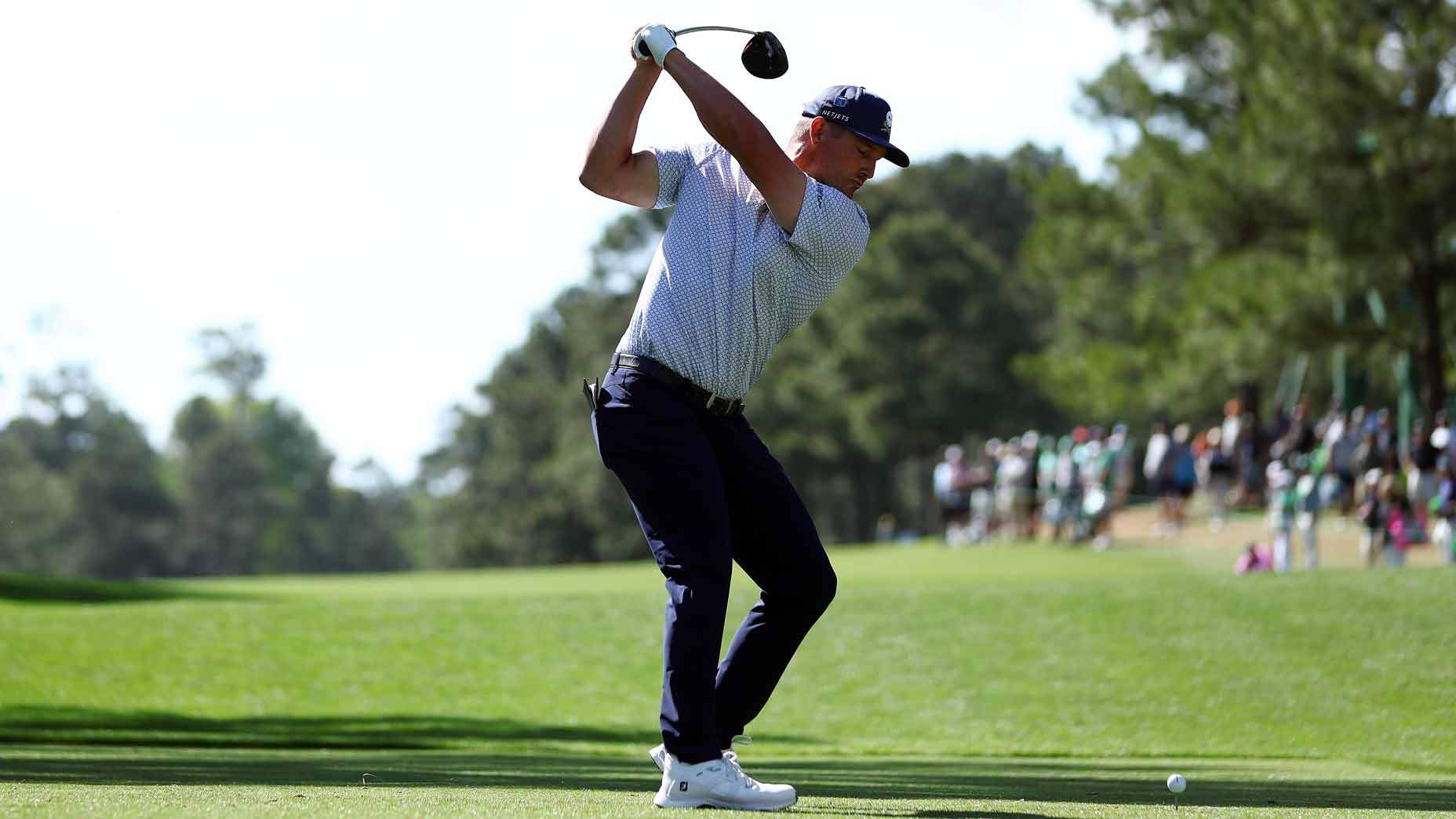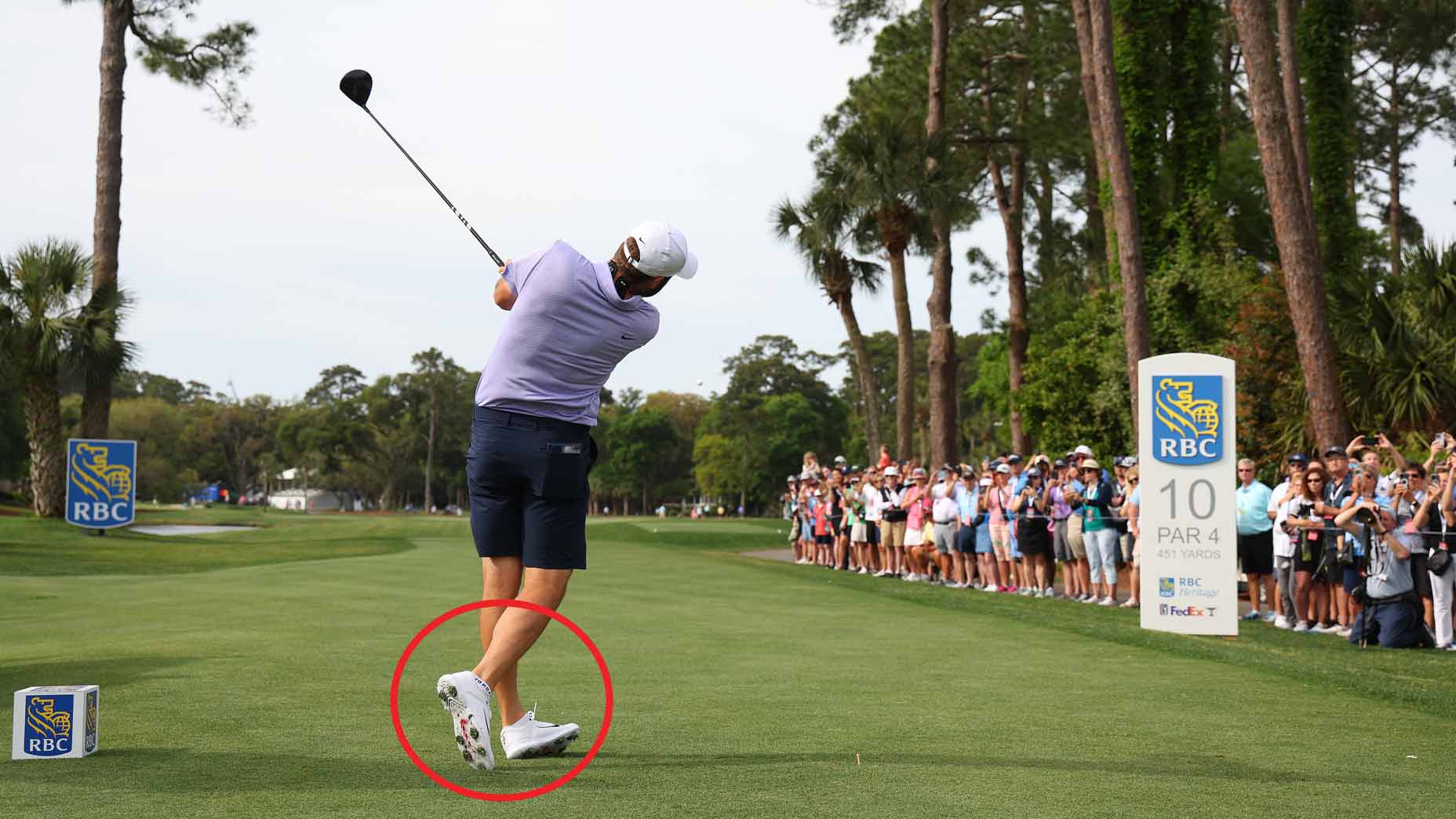10 ways to prepare for tournament golf (and see success!)

Using these tips, you'll have the confidence to perform your best.
Getty Images
Tournament golf can be fun, but scary. It certainly is a great goal, and can help drive practice and focus to maximize improvement.
But how does someone prep their game prior to playing tournament golf? And what practice tips can you use if you’re thinking about competing on that kind of level sometime soon?
I provide some tips below, reminding you about certain milestones you need to be able to hit prior to putting your name on that sign up sheet.
TaylorMade TP5 pix USA Golf Balls
How to prep for tournament golf
1. Choose the right tournament for your game
There are so many different types and levels of golf tournaments. From a charity scramble to high level, high pressure options like a stroke-play club championship. So before signing up, consider the level of your game and your tournament experience, making sure you’re comfortable with the challenge ahead.
2. Understand the format
You need to understand what you’re signing up to play.
For example, a new tournament player may be confused by different rules or the sign-up process. A scramble (best shot) and a best ball (play your own ball for the entire hole, but card the best score of the group) are two of the more friendly formats.
However, if you’re interested in a more competitive event, consider either match-play or stroke-play tournaments.
Understanding the different formats, and signing up for the one that best matches your ability, is really important to remain comfortable — and to see success.
3. Get a USGA handicap
Most club tournaments, or more official tournaments, will require you to have an established handicap with either your club or the USGA. If you play nine holes here and there, I think you should seriously consider getting started.
The USGA has the GHIN app, which is extremely well done and very easy to use. Not only will it help you enter your scores, but, when you enter hole-by-hole, it will automatically adjust your score when needed. It also has GPS built in, which will help you navigate the course that you’re playing.
4. Know your clubs and distances
You really need to have some basic understanding of your clubs, what they do, and how far they go before signing yourself up for any golf tournament. You can easily chart your clubs and distances with your professional.
If you can’t remember how far a certain club goes, I suggest making a tag and keeping it in your pocket. I make these for my students all the time.
5. Understand some basic rules
You should have a basic knowledge of the rules of golf prior to playing in a tournament. This includes things like how to manage hazards, what to do if your ball goes out of bounds, how to manage unplayable lies, etc.
Not only are the rules important for scoring purposes, but, by understanding each, you can go into a golf tournament with a clear mind and avoid being surprised should you find yourself in a tricky situation.
6. Start with comfortable clubs and shots
When you’re playing tournament golf, it’s important that you’re able to have success — even if it’s small.
I highly suggest choosing clubs and shots that you prefer; especially early in your round. Making choices that are more likely to yield success can help build confidence, helping you stay calm and comfortable on the course.
Once you achieve this, then you can consider being more aggressive with your game plan.
7. Concentrate when it’s your turn
Most of us understand pace-of-play rules, so it’s important to keep them in mind anytime you’re playing; but especially during a golf tournament.
Sure, a round of golf can take a long time — and it’s almost impossible to concentrate the whole round — so remember to relax and even drift away between your shots to conserve energy. But when it’s your turn to hit, you have to be focused on the process, preparation, and execution.
You may even have a signal to help you stay focused.
When I played tournament golf, I would tap my club on the ground, which signaled to me that it was “go time”. If at any time I found myself not fully focused, I would start my entire routine over.
8. Keep the ball in play
When you play tournament golf, it’s just as important to know what areas to avoid hitting your ball to as much as the areas you should target.
Avoiding penalty shots and hazards should be a primary goal. At times, it may feel a bit conservative. But playing away from penalties will help avoid having extremely high scores on particular holes.
9. Don’t overreact to any failure
Failure happens; it just depends on how you respond to it.
Even pro players have letdowns during a round, so it’s important to bounce back from bad shots by blocking them from your memory, moving on, and making sure a bad situation doesn’t turn worse.
This means having a clear head and taking a deep breath.
Anytime I see an athlete freak out and get very emotional, most of the time, more poor shots follow. Avoid falling into this trend, as it can be a complete round-killer.
10. Learn from your mistakes
One of my favorite things about playing tournament golf is that it will show you both your strengths and weaknesses.
When you complete your round, you can likely see where you could have done better. This information provides a great plan for you to focus and practice on — which will help you shave strokes for the next time you play a round.



